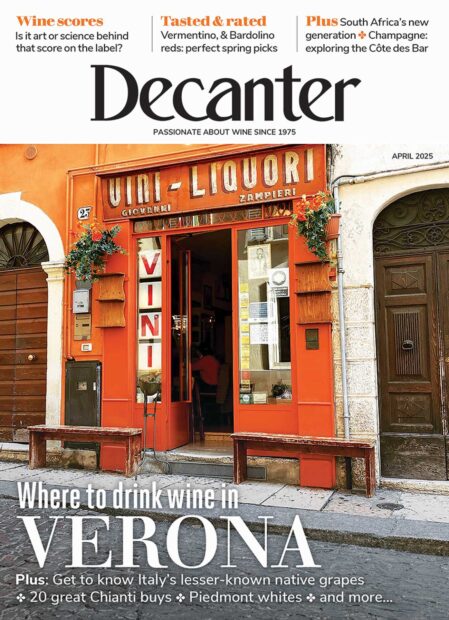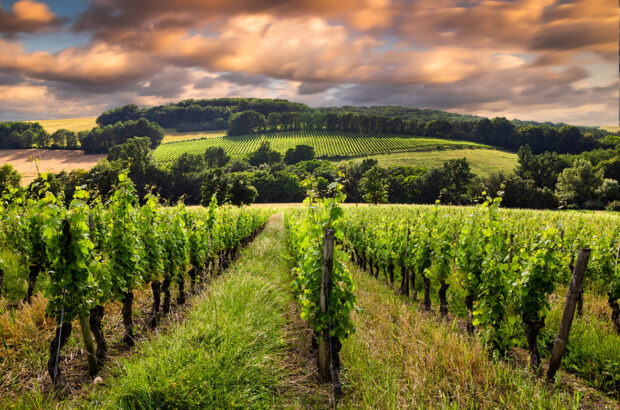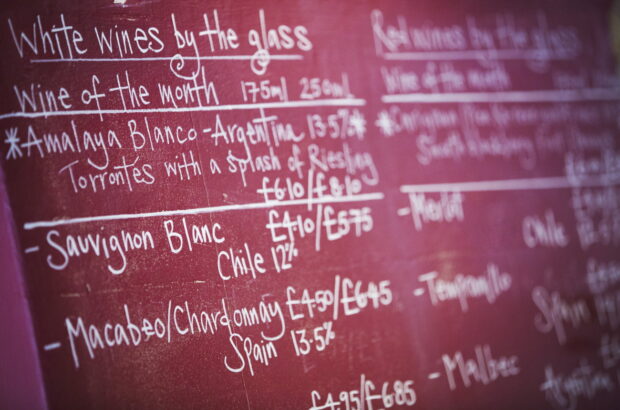No one has a better grasp of Italy’s current wine scene than the professional winemakers who work the length and breadth of the country. For an insider’s view, Carla Capalbo spoke to three of the best...
Three wise men: Emiliano Falsini
Since 2000 Emiliano Falsini has belonged to one of Italy’s most influential oenology groups, Gruppo Matura, which was founded in 1997 by fellow Tuscans, Attilio Pagli and Alberto Antonini.
‘In Matura, we all work independently with our own clients but share information and sales opportunities. We’re committed to making wine from lesser-known grape varieties whenever possible to help maintain Italy’s extraordinary wealth of viticultural biodiversity,’ he says. Falsini studied oenology in Florence and did a stint in California before setting up on his own. ‘I worked for La Famiglia di Robert Mondavi at Oakville, where they grow several Italian varieties including Sangiovese, Barbera and Nebbiolo,’ he says.
Now 41, he’s made his name among Italian wine appassionati (wine lovers) for championing what the Italians call vignaioli (vignerons in French): independent producers whose wines reflect the personalities of their grapes and terroirs.
Whether from the slopes of Mount Etna in Sicily, the hills of Montefalco in Umbria, or Barolo in Piedmont, Falsini’s wines express the depth and character of unique grapes made in unique places.
‘I’m crazy about Italy: it’s never boring,’ he says enthusiastically. ‘It’s a mosaic of situations and has still got so much to say and give, especially from its indigenous varieties which have been grown on landscapes that range from plateaus to volcanoes, seasides to high mountains.
Relishing the challenge
‘I work with over 20 different grape types and, if I had to explain the link between them, it would be that these native varieties are much trickier to grow than Cabernet, Merlot and Syrah,’ Falsini says. ‘Why do you think people gave up on them 20 years ago?
‘You can’t get away with planting Sangiovese in the bottom of a valley – it will never ripen. These grapes have a symbiotic relationship with their traditional growing areas. That may be due to selections made over time, but it means they remain place-specific.’
How does he see the international market for Italian wines? ‘I think the world wants Italy, in every way. It’s a country with so much food, culture and beauty – and we haven’t managed to ruin it all, yet,’ he laughs. ‘In the international market, our native varieties are appreciated by critics and specialised consumers, but we need to educate the wider market about them. The British, Americans and Chinese know mainly about Merlot, Cabernet and perhaps Malbec, so if you talk to them about Sangiovese it’s already a stretch, not to mention other, less well-known varieties, like Sagrantino, Zibbibo, or Nocera.’
Falsini is fascinated by the different ways in which the same grape can be interpreted in an area. ‘If one producer wants opulence and concentration in a wine that will need time to achieve its elegance, and his neighbour looks instead for something that will be ready to drink sooner, I’ll help them both to make clean, drinkable wines. But I defy anyone to recognise my “handwriting” in either wine. I don’t impose a style; I’m merely a tool to help them reach their goals.’







